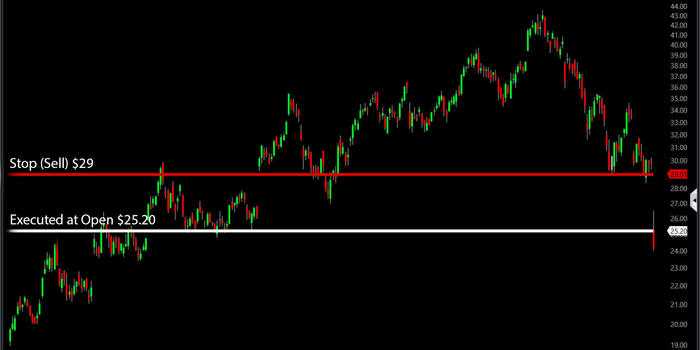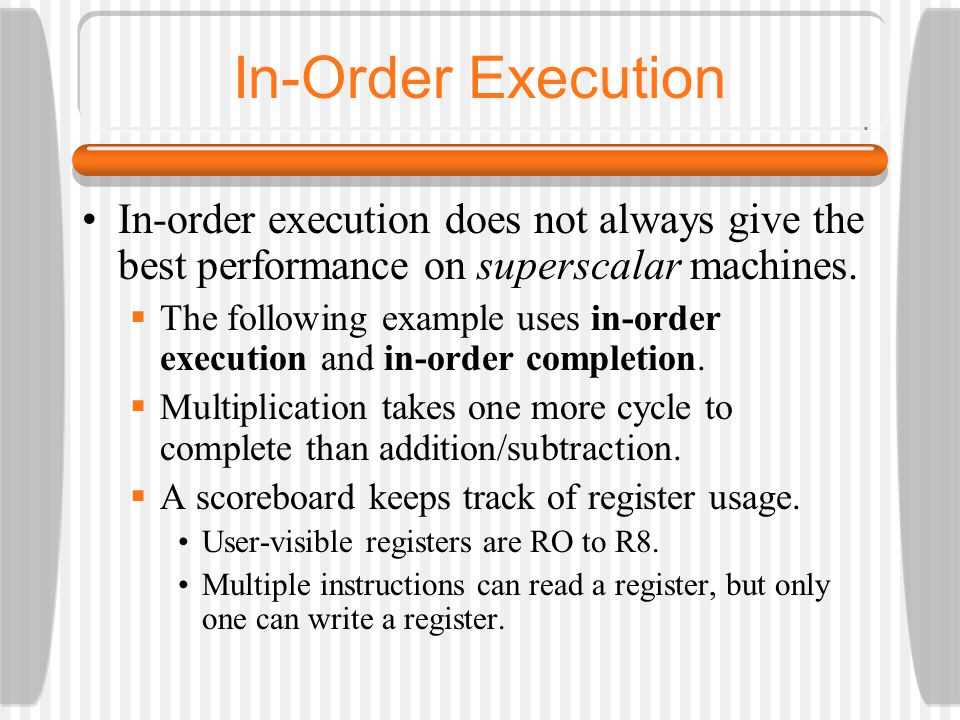Definition of Execution in Trading
In the world of trading, execution refers to the process of completing a trade or an order to buy or sell a financial instrument. It involves the actual implementation of the trade, where the buyer and seller agree on the terms and conditions and the transaction is carried out.
Execution is a crucial step in trading as it determines the price at which the trade is executed and the timing of the transaction. It can have a significant impact on the profitability of the trade, especially in fast-moving markets.
Types of Execution
There are two main types of execution in trading: manual execution and automated execution.
Manual execution involves a trader manually entering the trade details into a trading platform or calling a broker to execute the trade on their behalf. This type of execution gives the trader more control over the trade and allows for more flexibility in terms of price negotiation.
Automated execution, on the other hand, involves the use of computer algorithms to execute trades automatically. These algorithms are designed to follow predefined rules and execute trades based on specific criteria, such as price movements or technical indicators. Automated execution is commonly used in high-frequency trading and can execute trades much faster than manual execution.
Factors Affecting Execution

Several factors can affect the execution of a trade, including:
- Market conditions: The overall market conditions, such as volatility and market depth, can also impact execution. In volatile markets, prices can change rapidly, leading to slippage or delays in execution.
- Order size: The size of the order can also affect execution. Large orders may require multiple trades to be executed, which can result in partial fills or price adjustments.
It is important for traders to understand the execution process and the factors that can affect it in order to make informed trading decisions. By considering these factors and choosing the appropriate execution method, traders can optimize their trading strategies and improve their overall trading performance.
Different Types of Trading Orders
1. Market Orders
2. Limit Orders
A limit order is an order to buy or sell a security at a specific price or better. When a trader places a limit order, they are specifying the maximum price they are willing to pay to buy a security or the minimum price they are willing to accept to sell a security. The order will only be executed if the market price reaches or exceeds the specified limit price. If the market price does not reach the limit price, the order will remain open until it is either filled or canceled by the trader.
3. Stop Orders
These are just a few examples of the different types of trading orders that traders can use. Each order type has its own advantages and disadvantages, and traders should carefully consider their trading strategies and risk tolerance before deciding which order types to use.
Market Orders: A Real-life Example
A market order is a type of trading order that instructs a broker to buy or sell a security at the best available price in the market. It is the simplest and most common type of order used by traders.
Let’s consider a real-life example to better understand how market orders work. Suppose you are a trader looking to buy 100 shares of a popular tech company, ABC Inc. The current market price of ABC Inc. is $50 per share. You decide to place a market order to buy the shares.
Let’s say there are several sellers in the market willing to sell their shares of ABC Inc. at different prices. Your broker will start executing your order by buying the shares from the sellers who are willing to sell at the lowest price. If there are not enough sellers at the lowest price, your broker will continue buying from sellers at higher prices until your order is filled.
Advantages of Market Orders

- Quick execution: Market orders are executed immediately, ensuring that you enter or exit a position without delay.
- High liquidity: Market orders are more likely to be filled quickly, especially for highly liquid securities.
- Simplicity: Market orders are straightforward and easy to understand.
Considerations for Market Orders
- Price uncertainty: Since market orders are executed at the best available price, there is a possibility of price slippage, where the actual execution price may differ slightly from the expected price.
- Volatility risk: Market orders are more susceptible to price fluctuations, especially during periods of high market volatility.
- Impact on the market: Large market orders can potentially impact the price of a security, especially for illiquid stocks.
Overall, market orders are a useful tool for traders who prioritize quick execution and are willing to accept the potential price uncertainty associated with them. It is important to consider the advantages and considerations of market orders before using them in your trading strategy.
Limit Orders: A Real-life Example
A limit order is a type of trading order that allows traders to set a specific price at which they are willing to buy or sell an asset. This order is executed only if the market price reaches or exceeds the specified limit price. Limit orders provide traders with more control over their trades and can be used to take advantage of price fluctuations.
Let’s consider a real-life example to understand how limit orders work. Suppose you are interested in buying shares of a particular company, but you believe that the current market price is too high. Instead of placing a market order and buying the shares at the current market price, you can place a limit order with a lower limit price.
For example, let’s say the current market price of the company’s shares is $100. You can place a limit order with a limit price of $90. This means that you are willing to buy the shares only if the price drops to $90 or below. If the market price reaches $90 or lower, your limit order will be executed, and you will buy the shares at the specified price.
Limit orders can also be used to sell assets. For example, if you own shares of a company and want to sell them at a specific price, you can place a limit order with a higher limit price. This means that you are willing to sell the shares only if the price reaches or exceeds the specified limit price.
Stop Orders: A Real-life Example
Types of Stop Orders
There are different types of stop orders that traders can use depending on their trading strategy and risk tolerance. The most common types are:
- Stop Market Order: This type of stop order is executed as a market order once the stop price is reached. It guarantees execution, but the exact price at which the trade is executed may vary.
- Stop Limit Order: With a stop limit order, traders can set both a stop price and a limit price. Once the stop price is reached, the order becomes a limit order and will only be executed at the specified limit price or better.
Real-life Example
Let’s say you are a trader who owns shares of a company’s stock that is currently trading at $50 per share. However, you are concerned that the stock price may start to decline, and you want to limit your potential losses. You decide to place a stop market order with a stop price of $45.
Once the stock price reaches $45, your stop market order will be triggered, and it will become a market order to sell your shares. The order will be executed at the best available price, which may be slightly lower or higher than $45 depending on market conditions.
By using a stop order, you have effectively protected yourself from further losses if the stock price continues to decline. It allows you to automatically sell your shares at a predetermined price, reducing the risk of holding onto a losing investment.

Emily Bibb simplifies finance through bestselling books and articles, bridging complex concepts for everyday understanding. Engaging audiences via social media, she shares insights for financial success. Active in seminars and philanthropy, Bibb aims to create a more financially informed society, driven by her passion for empowering others.
